If the weeds aren't that big of a deal I would cover that area with Reemay for the winter.
If the weeds are a big deal clumps of crab grass, thistles or other voracious weeds that have seeded that area of soil, then I would imagine solarization would be a big help since you do not want to grow in that soil again for a long while, right?
Solarization heats the soil high enough to kill most of the life forms in that soil; bacteria, fungi, weed seeds (some), crowns of mature clump grasses, thistles...
To do this one uses a clear, thick plastic membrane. Secure the edges beneath soil to help hold the heat produced under the plastic. Before installation of gravel this plastic is removed, and landscape fabric is installed.
You should also know about permeable surface percentages allowed by the city, county or your development. Gravel is NOT considered 100 percent permeable. Allowing the rain water to enter the aquifer from the surface of the soil is a critical thing. Something to know about and consider.
This year you want to do grade the soil you have to be able to drain and accept 4" of crushed gravel or cobble to meet the surface of your area/lawn/walkway. The correct level to allow a minimum of 4" of rock/gravel underlayed underlaid? with landscape fabric. You do not want to disturb the soil again in the spring when you install the fabric and rock.
If I were you I would edge the area with PT 2X4's and stakes, leveling and allowing the subsurface soil to drain either into a tiny swale beneath the rock to be installed or even drain pipe. Water will collect below the rock and it needs to be drained. The surface of the rock can be perfectly level but the surface of the soil should be formed to direct water SOMEWHERE else. Great for mosquitoes if you don't grade the subsurface, the original surface to direct water where you want water to flow so it doesn't collect.
Once you've made a drainage system, then overlay with fabric and then 4" of gravel. I prefer crushed 3/8 minus rock, just gray granite, basalt. Cobble is beautiful if you know how to make a 'dry river' bed but it is not usable to walk upon. Pea Gravel is fun for kids or a weird informal patio but heck to walk on , keep in place or set patio furniture and chairs upon. Rounded rock does not make a great surface. You want CRUSHED rock. 5/8 minus is best for driveways, 3/8 minus is more 'refined' easier to walk upon when barefoot? The minus part 'glues' the angular rocks together when you compact.
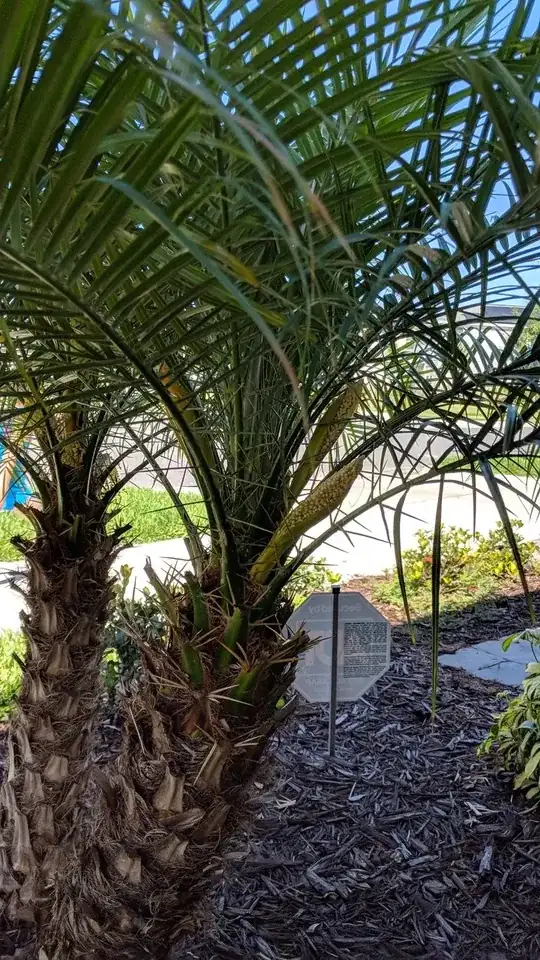
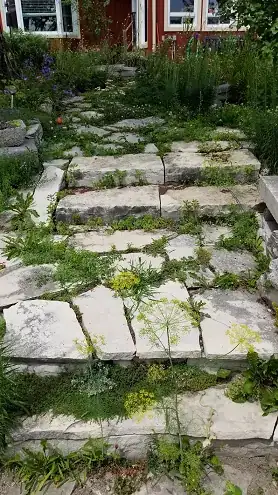
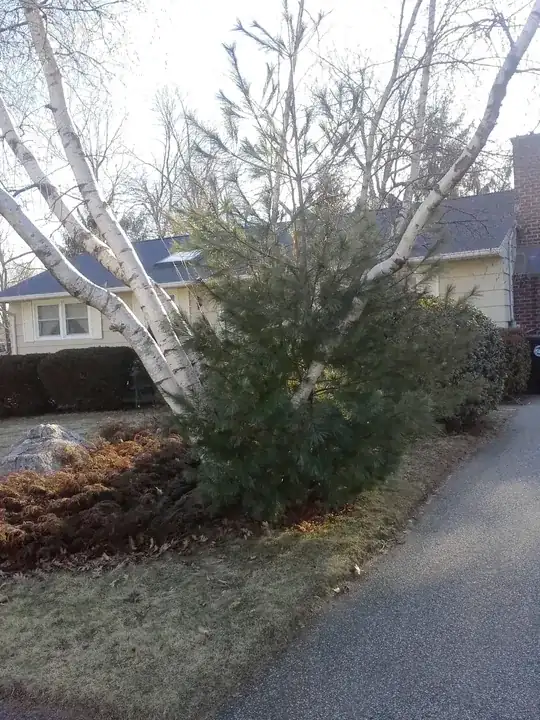
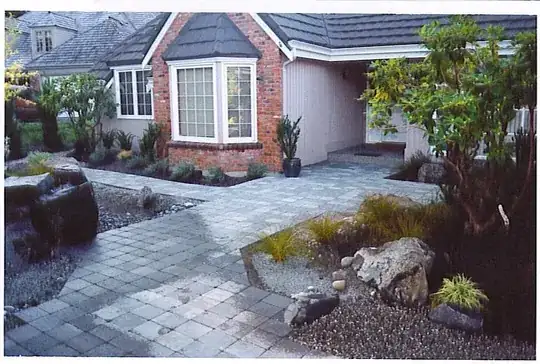 ]5
]5
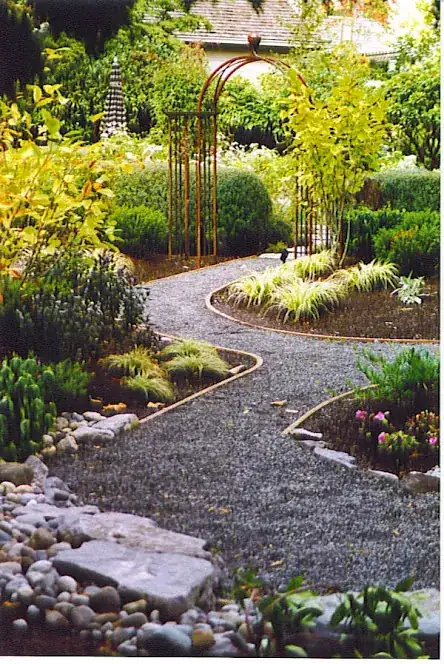
The reason landscape fabric was even invented was for this purpose only, never for weed blocking. If one installs gravel with out landscape fabric and that gravel is a driveway or a walkway with weight/pressure applied on the surface, the gravel that was installed will 'sink' into the soil and the fines will 'float' upwards. The area then will have lots of weeds and soon no one will know gravel was ever there. 4" thick and COMPACTED makes incredible paths and driveways. Better than concrete, asphalt. Pavers are wonderful but expensive. This gravel can also become the perfect floor of a paved walkway/driveway if you allow another 3" above the gravel; 1" for compacted sand and 2" for pavers set side by side, no mortar.




